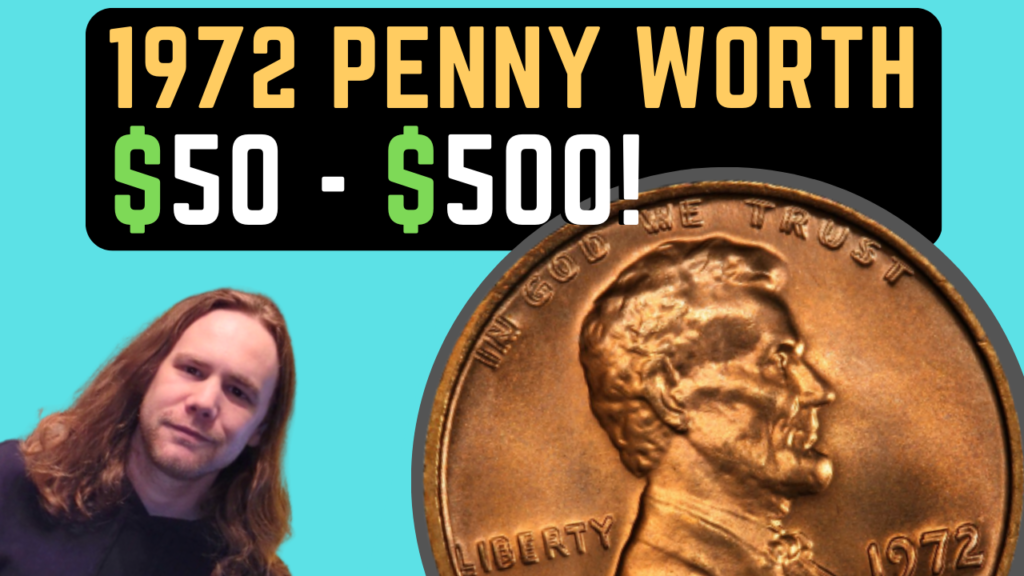
A Rare Survivor of America’s Ultra-High Denomination Currency, the 1934 $5000 Federal Reserve Note to be sold by GreatCollections
Overview & Description
The 1934 $5,000 Federal Reserve Note, cataloged as Fr. 2221-C (CA Block), is among the most elite and elusive issues in all of American currency. Issued by the Philadelphia Federal Reserve Bank and bearing the signatures of Treasurer W.A. Julian and Secretary of the Treasury Henry Morgenthau, Jr., this note represents the zenith of high-denomination U.S. paper money ever produced for circulation.
Graded PMG About Uncirculated 50, this particular example offers collectors a rare opportunity to acquire a piece of monetary history that straddles the line between practical policy and numismatic legend. The note features bold ink, crisp paper, and only light evidence of handling, placing it firmly within the upper tier of surviving $5,000 notes.
Historical Background
The $5,000 denomination has its roots in the 19th century but was most famously printed during the Series of 1934, amid the economic uncertainty following the Great Depression and in the lead-up to World War II. Alongside its even more mythical sibling, the $10,000 note, the $5,000 bill was never intended for general public use. Instead, these notes were used strictly for large interbank transactions, typically moving behind the scenes between Federal Reserve Banks, commercial banks, and the U.S. Treasury.
Issued under the authority of Executive Order 6102, which removed the gold standard and centralized financial control during the Roosevelt administration, the 1934 high-denomination notes were part of an effort to modernize and regulate the banking system. Ironically, despite their colossal face value, these notes were printed in relatively modest numbers, and far fewer still have survived.
Today, fewer than 300 examples of the 1934 $5,000 note are known in all grades, with a much smaller subset bearing the “C” Federal Reserve Bank of Philadelphia designation and CA block letters. No 1928 series examples are known from Philadelphia and this piece alongside only four other compatriots have come to light of the original 3,000 note issuance.
A very pleasing specimen bearing no axial folds or pulls. The noted minor restoration points to the piece having been flattened at some point to restore some edge folding apparent in the top and bottom back margins. This was done with some care and clearly helped preserve the integrity of the edges.

A piece combining the appeal of a high denomination and the rarity of a difficult district the opportunity to obtain this example should not be missed as one may not come again for the foreseeable future.
About the Note: PMG AU-50
This GreatCollections example, certified About Uncirculated 50 by PMG, retains excellent color and crispness, with only minor handling keeping it from a higher uncirculated designation. The margins are well-centered, the green Treasury seal is vibrant, and the serial number, CA00000197A, indicates it was among the earliest sheets printed for the Philadelphia district.
AU-50 examples are rare and highly desirable, offering a balance between quality and affordability in a space where uncirculated examples can command well into six-figure territory. Importantly, many of the known survivors have been permanently withdrawn from the market and rest in long-term institutional collections or private vaults.
Monumental Money in a Digital World
The $5,000 note is, quite literally, a monument to a bygone era of American finance — when paper currency was king, and physical money still served as the backbone of the financial system. It represents a time when massive monetary transactions had to be executed physically, not electronically.
But beyond its economic function, the Fr. 2221-C note tells a story of evolution in both currency and trust. In the years after World War II, high-denomination notes became obsolete with the advent of wire transfers and digital banking. By 1969, the Treasury officially discontinued these notes due to lack of use, and many were destroyed in federal burnings to prevent hoarding, theft, or illicit financial use.
That destruction is precisely what makes this surviving PMG AU-50 Philadelphia note so extraordinary. Not only did it avoid the shredder, but it also emerged in a condition that speaks to careful preservation, either by a forward-thinking bank executive or an astute collector who recognized the future importance of such a rarity.
Today, this note stands as a trophy piece, not just for currency specialists, but for any collector drawn to the finest examples of American fiscal history.
Conclusion
Whether viewed as a tangible link to Roosevelt-era financial policy or a numismatic crown jewel, the 1934 $5,000 Fr. 2221-C Philadelphia note in PMG AU-50 condition is a museum-caliber artifact. It evokes awe, curiosity, and reverence, all the qualities that define the upper echelons of collectible paper money.
This GreatCollections Offering is one of the finest and most visually striking survivors from an almost mythical denomination, it holds a well-earned place among the most legendary issues in U.S. currency history.
This $5000 Note will be sold By GreatCollections on Sun, Nov 23, 2025 7:54:18 PM (Pacific Time) GC Item ID 1985042
The post 1934 $5,000 Philadelphia Note (Fr. 2221-C CA Block) to be sold by GreatCollections Nov 23rd appeared first on CoinWeek: Rare Coin, Currency, and Bullion News for Collectors.




